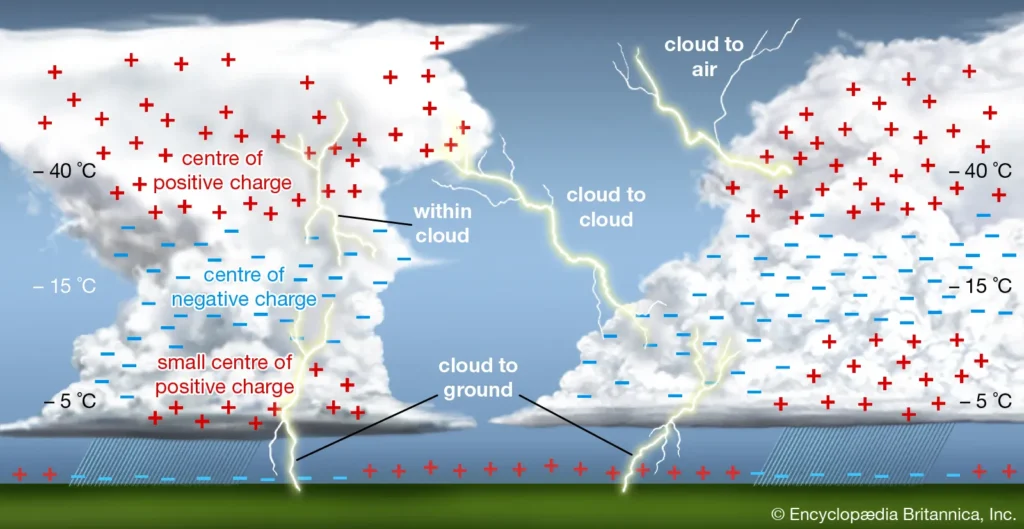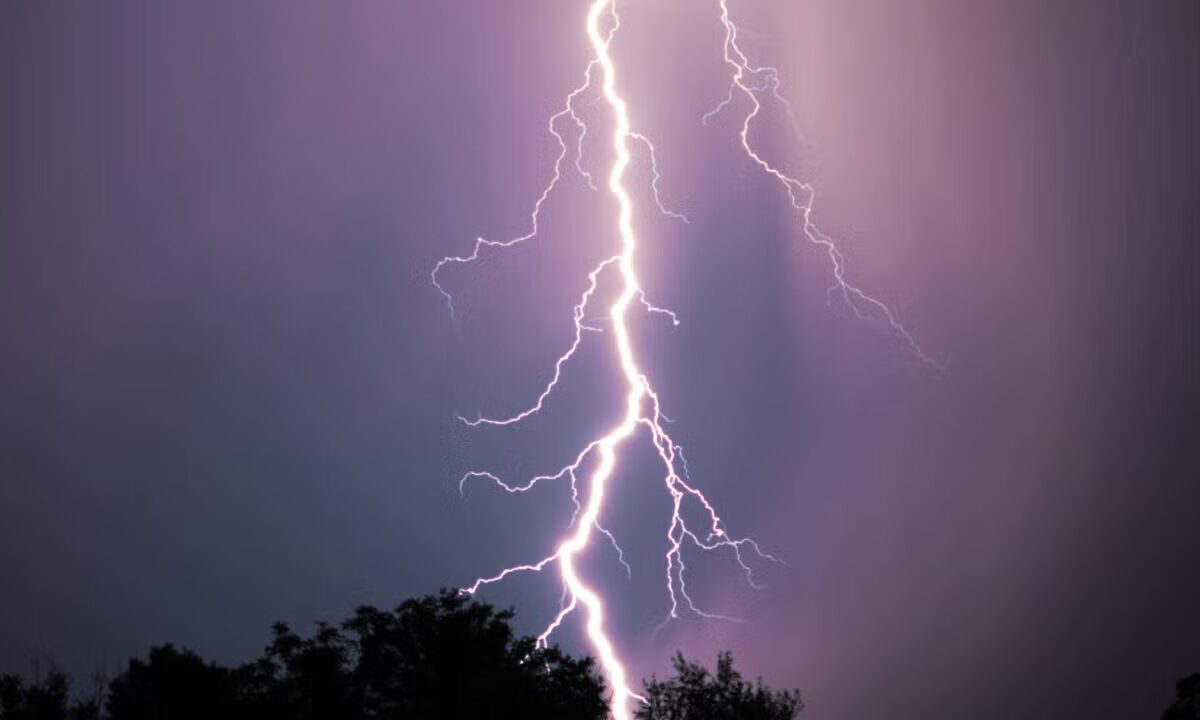For centuries, lightning has fascinated and frightened us in equal measure. While we’ve long understood the basic mechanics of how a lightning bolt travels from cloud to ground, one stubborn mystery has remained: What exactly triggers lightning in the first place? Now, an international team of scientists believes they finally have the answer – and it starts with electrons, cosmic rays, and some incredibly energetic chain reactions high above our heads.
The Lightning Trigger: More Than Just Static Electricity
At the heart of a thunderstorm, powerful electric fields build up between layers of air that are positively and negatively charged. This imbalance, scientists knew, is what allows lightning to eventually arc through the sky. But what no one could explain – until now – is how this process actually starts. What sets that bolt in motion?

A new study led by Victor Pasko, professor of electrical engineering at Penn State, reveals a surprisingly intricate mechanism that finally connects the dots. According to Pasko and his team, the key lies in runaway electrons – high-energy particles accelerated by strong electric fields inside thunderclouds.
These electrons don’t appear out of nowhere. They’re initially “seeded” by cosmic rays – high-energy particles that constantly bombard Earth from outer space. When these cosmic ray electrons enter a thundercloud, the strong electric fields accelerate them to near-light speeds. As they speed up, they crash into air molecules like nitrogen and oxygen, releasing X-rays and spawning a cascade of even more electrons.
This chain reaction is known as a relativistic runaway electron avalanche. It’s the invisible engine that creates the perfect storm for lightning.
Gamma-Ray Flashes: The Hidden Sparks
One of the big breakthroughs in this research came from matching these runaway electron avalanches with a mysterious phenomenon known as terrestrial gamma-ray flashes (TGFs). TGFs are bursts of high-energy photons – including X-rays and gamma rays – that occur in thunderstorms but aren’t always accompanied by visible lightning or even detectable radio waves.

Using a model called the Photoelectric Feedback Discharge, originally published in 2023, the researchers simulated the exact atmospheric conditions in which lightning is likely to begin. By comparing their simulations with real-world data – from satellites, ground sensors, and even NASA’s high-altitude spy planes – the team was able to match these gamma-ray flashes with early lightning activity.
Zaid Pervez, a doctoral student on the team, explained how the model reproduced not just the X-ray emissions, but also the strange variability in radio signals that often precede lightning. “We explained what conditions need to exist inside thunderclouds for this avalanche of electrons to occur,” Pervez said. “It’s a complex dance of particle physics, but one that ends with a flash.”
Why Some Lightning Strikes Are Silent
Interestingly, the research also sheds light on why some high-energy flashes occur without the usual visible or audible signs of lightning. The electron avalanches responsible for TGFs can happen in very compact volumes and may not produce strong light or sound emissions. In other words, these are “silent flashes” – storms within storms that fly under the radar.
According to Pasko, this variability is caused by the feedback loop of X-rays and seed electrons, which can occur with wildly different levels of intensity. Sometimes the process fizzles out, and sometimes it ignites a full-blown lightning bolt. This randomness explains why lightning strikes can seem sudden and unpredictable, even when all the ingredients are in place.
A Collaborative Scientific Breakthrough
This discovery was the result of a global collaboration. Alongside Penn State and NASA scientists, researchers from France’s École Polytechnique, the University of Orléans, the Technical University of Denmark, and the Czech Republic’s Ministry of Defense contributed to the project. The U.S. National Science Foundation and other international agencies provided funding support.
The team’s work, published in the Journal of Geophysical Research on July 28, provides a quantitative explanation of lightning initiation for the first time. Better still, the equations and model behind the study are available for other researchers to use and build upon.
Looking Ahead: Lightning Research and Beyond
While this breakthrough won’t stop storms or eliminate lightning risk, it could significantly improve our understanding of severe weather and even help advance satellite-based monitoring of Earth’s atmosphere.
Understanding lightning at a microscopic level also has potential benefits in aviation, space weather prediction, and even energy research. As our technology increasingly relies on sensitive electronics – whether in planes, spacecraft, or communication networks – understanding how lightning works becomes more than just a curiosity. It becomes a practical necessity.
For now, though, this new insight gives scientists something they’ve been chasing for decades: a clear, testable explanation for nature’s most dazzling (and dangerous) light show. Thanks to some cosmic rays, a little particle physics, and a lot of collaboration, we’re finally closer to understanding one of Earth’s most electrifying mysteries.





